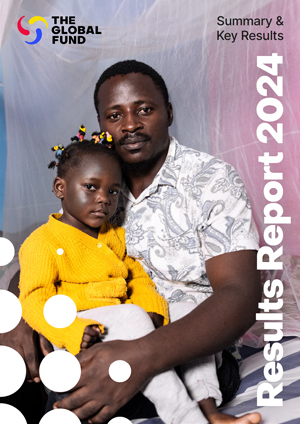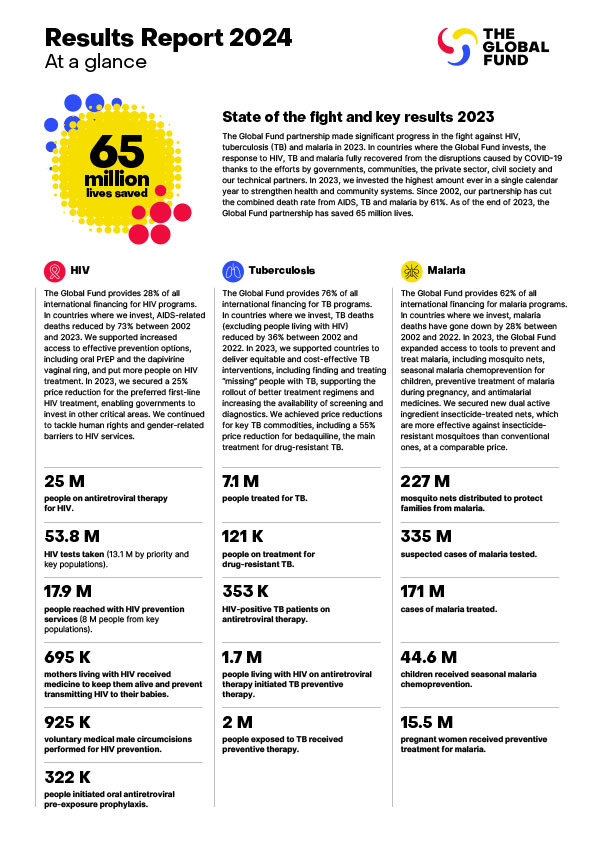Data Management at the Global Fund
22 May 2018
The Global Fund relies on the availability of reliable financial, allocation and programmatic data to make critical business decisions. The 2017 – 2022 Strategy emphasizes the use of data to measure and maximize impact. Thus robust governance, risk management and control processes are required to ensure that the Global Fund can operate effectively and achieve its strategic objectives.
The Secretariat has taken several steps in recent years to improve data management. These include an integrated system to manage financial data, with effective controls and automated reporting capabilities for analysis and decision-making. Similar controls have also been established to manage the accuracy and completeness of data related to country allocations.
Yet, whilst good practices are in place in these key areas, the organization still needs an overarching strategy for data management. Clear expectations are yet to be defined around key aspects of data availability and maintenance, as well as consistent policies, processes and controls to ensure ownership and accountability for data quality. As a result, key data elements are often managed in silos, with a varying degree of maturity in data management practices across the organization. The level of maturity in these practices ranges from ad-hoc in some business areas to actively managed in others.
Whilst financial and allocation data are well managed, processes and controls for data related to procurement or program impact are generally limited or not formalized. Ownership and accountability for these data sets are not always clear and, due in part to limited leverage of technology, there is significant reliance on manual workarounds and a few key individuals. However, the OIG did not identify any material errors in the final data outputs that were used for management information and decision-making.
The Secretariat identified these challenges before the commencement of the audit and has launched several initiatives to address data management at an organizational level. This includes the development and implementation of a data management strategy. Once implemented, the strategy is expected to produce a data catalogue supported by clear delineation of roles, responsibilities and accountability for quality of key data in the organization. Technology is expected to be a key enabler for data management and will be incorporated into the strategy design and operationalization.







